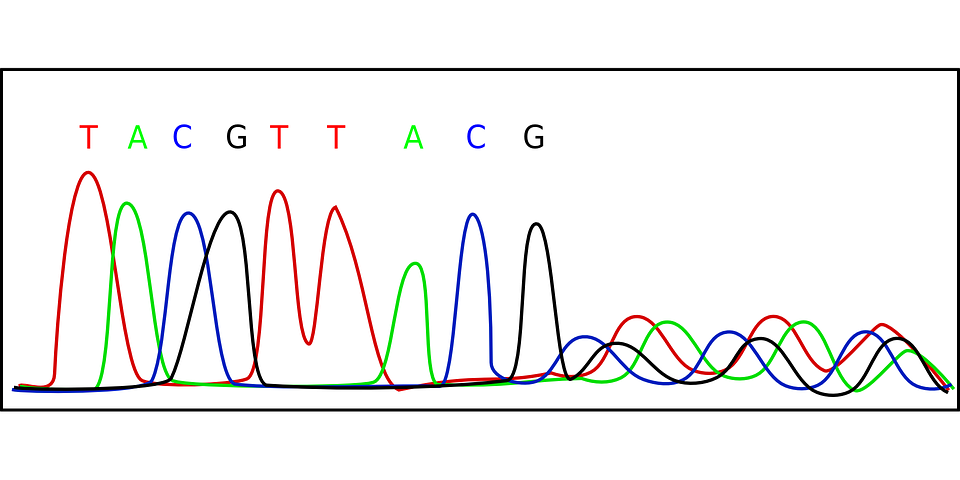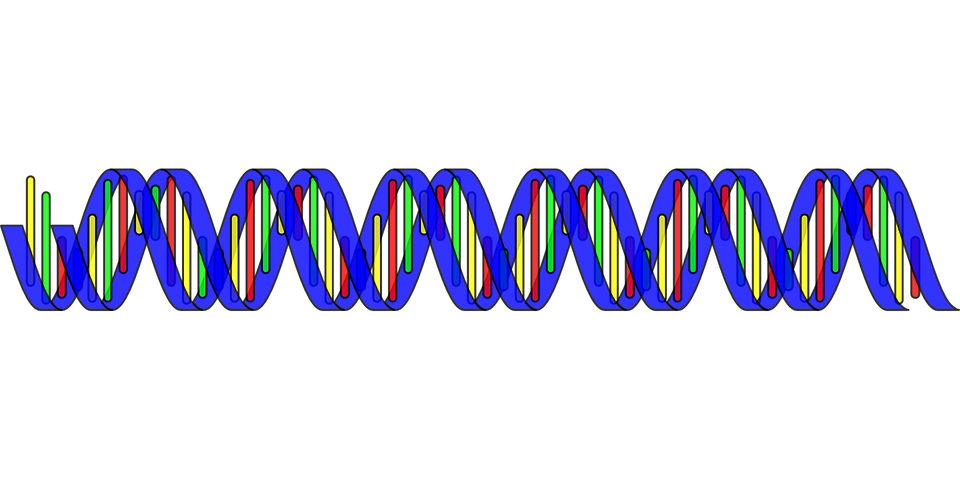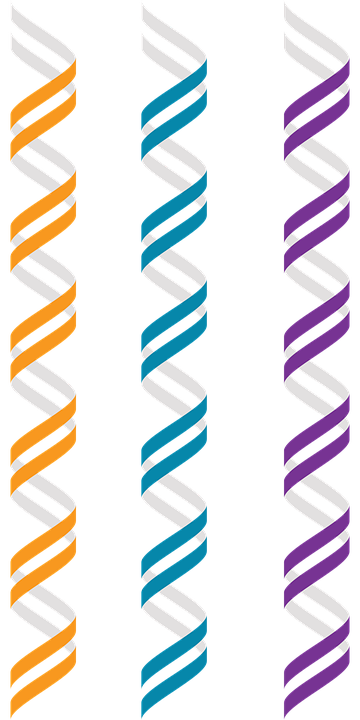
DNA Sequencing is the process by which the sequence of the DNA is determined. It entails any technology or method that is used in order to determine the sequence of the bases namely, adenine, cytosine, guanine and thymine. DNA has the ability to store information that was acquired through a cell's genetic code. It is through this information that is stored through DNA sequencing that doctors can diagnose a disease using DNA obtained from a patient's blood. Visit https:
There are many forms of DNA Sequencing available. The most common form is known as PCR-amplified amplification of DNA (PA-DA). This method involves the use of various DNA fragments that have been labeled with their respective DNA sequences through restriction enzymes. The resulting DNA fragments are then subjected to restriction enzymes and PCR in order to amplify a single DNA molecule.
A method known as single-stranded DNA (ssDNA) sequencing is another method used in DNA Sequencing. It involves the isolation of one strand of DNA through PCR and the subsequent purification and measurement of the DNA content. This type of sequencing requires a large DNA sample which is then sequenced on a device called a PCR-sequencing machine.
See here another form of DNA Sequencing is called RNA-Seq. RNA-seq is a method of using genetic materials such as RNA molecules or DNA to sequence and identify the genetic material that produces the mRNA transcripts. mRNA is the messenger RNA that is produced in cells that are making proteins. The mRNA acts like a translator between the genes and the mRNA transcripts that are produced by the genes.
Another method of DNA Sequencing is the Genome-Wide Association Studies, or GWA. This method compares DNA variants from various groups of people and associates them together through the use of genetic markers.
DNA Sequencing technology continues to improve and it will only become more powerful. As it advances, it may well be used to diagnose diseases in people today. This is just one of the applications of genetic technology that has come to light.
In addition, there is DNA mapping, which has become widely used in medical research. With this technique, scientists are able to map the genetic variations in a person's entire genome and then use that information to generate a map of the patient's entire genome.
These methods of DNA sequencing are used to find out what genetic variants are responsible for certain illnesses. They are also used in drug development.
Different types of sequencing are currently available to patients who suffer from many different illnesses. Each of these sequencing methods has its own set of benefits. Check out this post for more details related to this article: https://en.wikipedia.org/wiki/DNA_sequencing.


